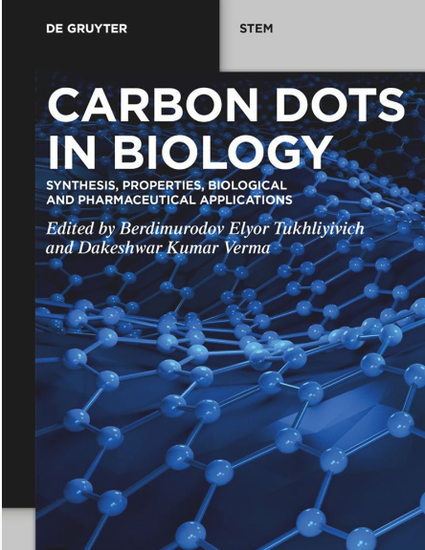
Contribution to Book
Carbon dots in antibacterial, antiviral, antifungal, and antiparasitic agents
Carbon Dots in Biology: Synthesis, Properties, Biological and Pharmaceutical Applications
(2023)
Abstract
One of the main causes of death across the world is infections by microorgan- isms, including bacterial, fungal, viral, or parasitic agents. Further development of patho- gens into multidrug-resistant (MDR) agents leads to serious challenges in the treatment of the above-mentioned diseases, leading to an increase in mortality rates, as well as medi- cal costs. Several studies have recently focused on examining safe antimicrobials with strong antimicrobial effects. Carbon dots (C-dots) are highly biocompatible and less toxic, making them promising candidates due to their favourable antimicrobial characteristics. Another promising strategy to deal with the problem of MDR pathogens is photodynamic inactivation of bacteria using photosensitizers, with C-dots as one of their effective mem- bers in detecting and inactivating various bacteria species. Hence, C-dots can be applied as efficient alternatives. This chapter aims to investigate the characteristics of C-dots as antibacterial, antiviral, antifungal, and antiparasitic agents.
Keywords
- Antibacterial agents,
- antifungal agents,
- antiparasitic agents,
- antiviral agents,
- carbon dots
Disciplines
Publication Date
September 13, 2023
Publisher
De Gruyter
ISBN
9783110799958
DOI
10.1515/9783110799958-011
Citation Information
Shokoh Parham, Seyedeh-Shirin Parham and Hadi Nur. "Carbon dots in antibacterial, antiviral, antifungal, and antiparasitic agents" KOTA MALANGCarbon Dots in Biology: Synthesis, Properties, Biological and Pharmaceutical Applications (2023) Available at: http://works.bepress.com/hadi_nur/229/
